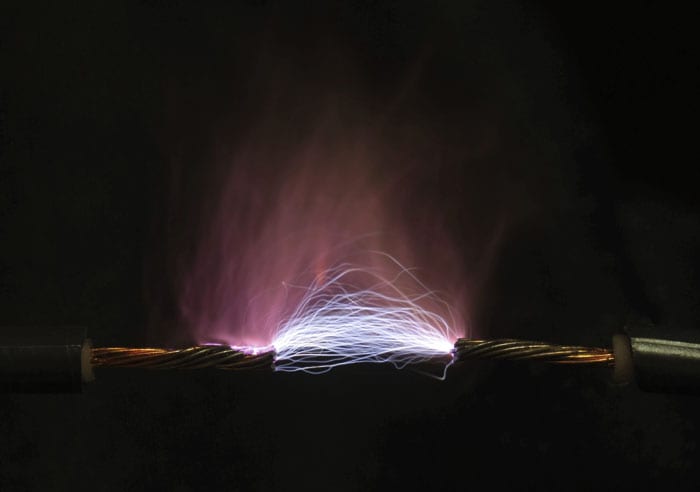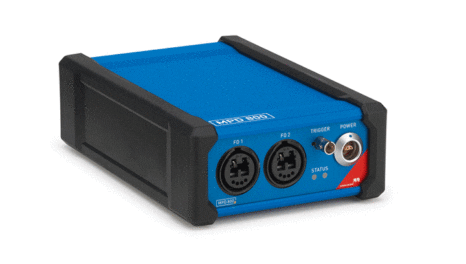Dedicated distributed energy desk setup by National Grid
National Grid's electricity control room has introduced a new 'Distributed Resource' Desk that enables power system engineers to give instructions faster to smaller generators, battery storage operators, and demand side response providers.
23rd January 2019 by Networks

In the first 24 hours of operation, the number of bids and offers accepted by the control room from these aggregated providers was 87MWh, up 113% on average.
As the Electricity System Operator (ESO) the control room receives bids and offers daily from generators detailing the amount of power they can provide, the time they can provide it, and at what price. The control room accept or reject these bids based on what is needed to manage the network, while always opting for least cost, where it can.
Last year the system operator reached a significant milestone when it opened up the GB Balancing Mechanism Market, to enable small generators, battery storage and demand side response providers to compete with larger power plants to offer power and services to the grid.
Aggregators such as Limejump and Flexitricity act on behalf of several energy providers whose power in isolation is small but in total (or aggregated) meets the requirement for entry into the GB Balancing Mechanism Market. In combination, these providers have 52 Megawatts (MW) of power available within the GB Balancing Mechanism Market.
By April 2019, National Grid expects market growth in this area will be up 179% to 145MWs, made up of batteries, combined heat and power, demand side response and gas reciprocating engines (heat power).
Claire Spedding, balancing programme director, for National Grid Electricity System Operator said: “I am delighted that, after facilitating the access of a number of new parties into the Balancing Mechanism Market last year, we are now able to take this next exciting step forwards. Putting a dedicated ‘Distributed Resource’ desk into the control room means we can create expertise in really understanding how these assets can contribute to balancing the nation’s electricity system.”
This development comes at a time when National Grid is in the final stages of preparations for transitioning to a legally separate system operator from 1 April 2019. Through legal separation, it is creating a trusted, impartial Electricity System Operator (ESO) that will make it easier for a wider range and variety of customers to connect to the network. During this transition, it’s critical that the ESO business continues to operate the electricity system safely and securely.
Spedding added: “Who would think that a community energy scheme with a back-up generator in the North East, or a battery in the East Midlands could be helping you make a cup of tea when you get home from work in Reading?”
Comments
Login on register to comment
Related content

Gas
Cadent backs launch of major bio-CNG HGV refuelling station
Gas network’s £250,000 infrastructure investment ensures supplies to existing connected customers have not been impacted

Gas
Editor’s blog: The biggest tests of resilience are yet to come
Network content director Jane Gray reflects on the industry's coronavirus response to date and the challenges still to come.

Gas
From the front line: Chris Garside and Andy Simcoe, Northern Gas Networks
Key workers across the power and gas networks are playing a critical role in the national response to Coronavirus. Network has committed to profiling their stories.
Related supplier content
![‘Learning by doing’ on the road to net zero [test product]](https://networksonline.s3.amazonaws.com/products/images/3.jpg)
People & Skills
‘Learning by doing’ on the road to net zero [test product]
DSO director Andrew Roper discusses 'Learning by doing'

Power
Load patterns and lockdown: how Covid-19 is impacting electricity networks
Insights into dynamics on the low voltage network as the outbreak unfolds

Downloads
Protect electrical equipment from insulation failure
Insulation faults are a major cause leading to the eventual failure of electrical equipment. Partial discharge (PD) is a very reliable indicator of developing insulation faults. Regular PD testing allows users to detect and analyze PD activity